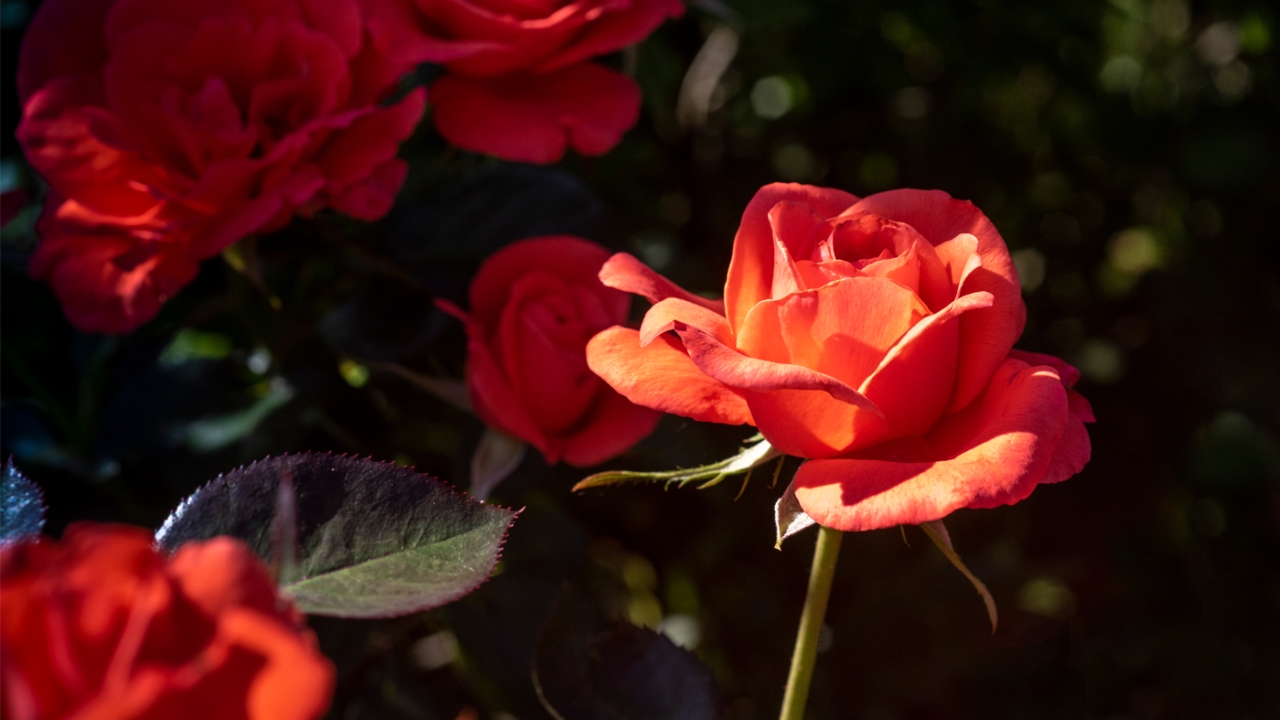

September
Although September ushers in autumn, with its shorter days and cooler nighttime temperatures, it may be the busiest of months for many gardeners. Vegetable gardeners have their hands full—literally and figuratively—harvesting peak warm-season crops and planting cool-season vegetables. Cool-season annuals can replace summer varieties in containers. Lawn tasks, including seeding and fertilizing, can begin in earnest. September also is a good month to plant many varieties of trees and shrubs.
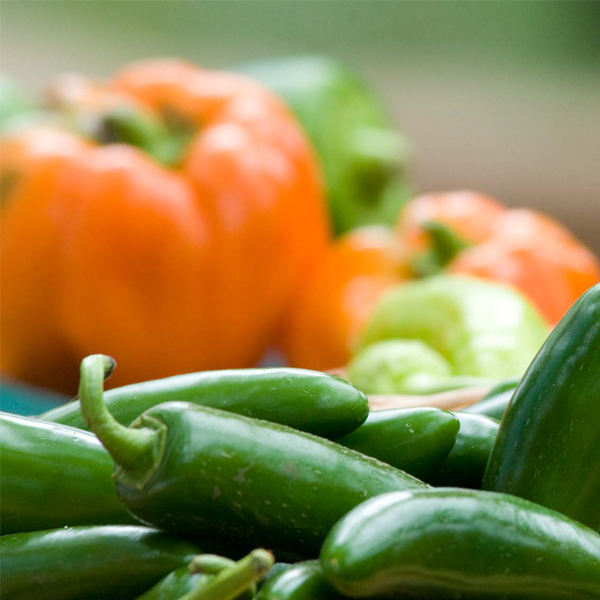
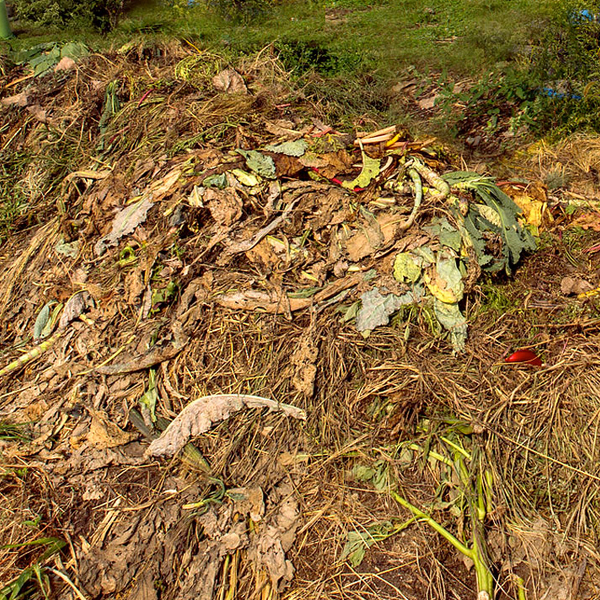
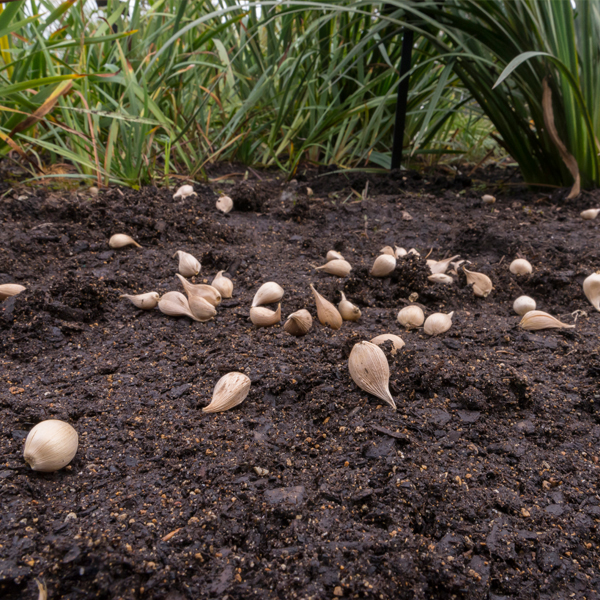
Garden To-Do List
Continue to harvest vegetables
The next six weeks will provide an abundance of produce. Continue to harvest vegetables as they ripen.
Test your soil
Consider taking a soil test of your entire yard or specific garden areas if you have not done this before. Understanding the makeup of soil will help you amend it properly to provide the nutrients it needs.
- Collect soil samples on a dry day.
- It’s best to test turf soil and garden soil separately.
- Refrain from adding synthetic fertilizers or other chemicals to your soil until you know what it lacks.
Contact the Garden’s Plant Information Service for a complete listing of soil-testing agencies. Follow agency instructions on where and how to collect soil samples.
Start a compost pile
If you didn’t start a compost heap in the spring, September is a good time to make one. Begin to layer grass clippings, dried fallen leaves, soil, a handful of fertilizer, and a little moisture.
Think spring bulbs
Make final selections of spring-blooming bulbs to plant in October and into November, provided the soil is workable and not frozen. Want to see flowers as soon as possible next year?
Plant a tree or shrub
Autumn is a great season to plant many trees and shrubs, as long as they are planted early enough to establish strong root systems.
Annual and Perennial Care
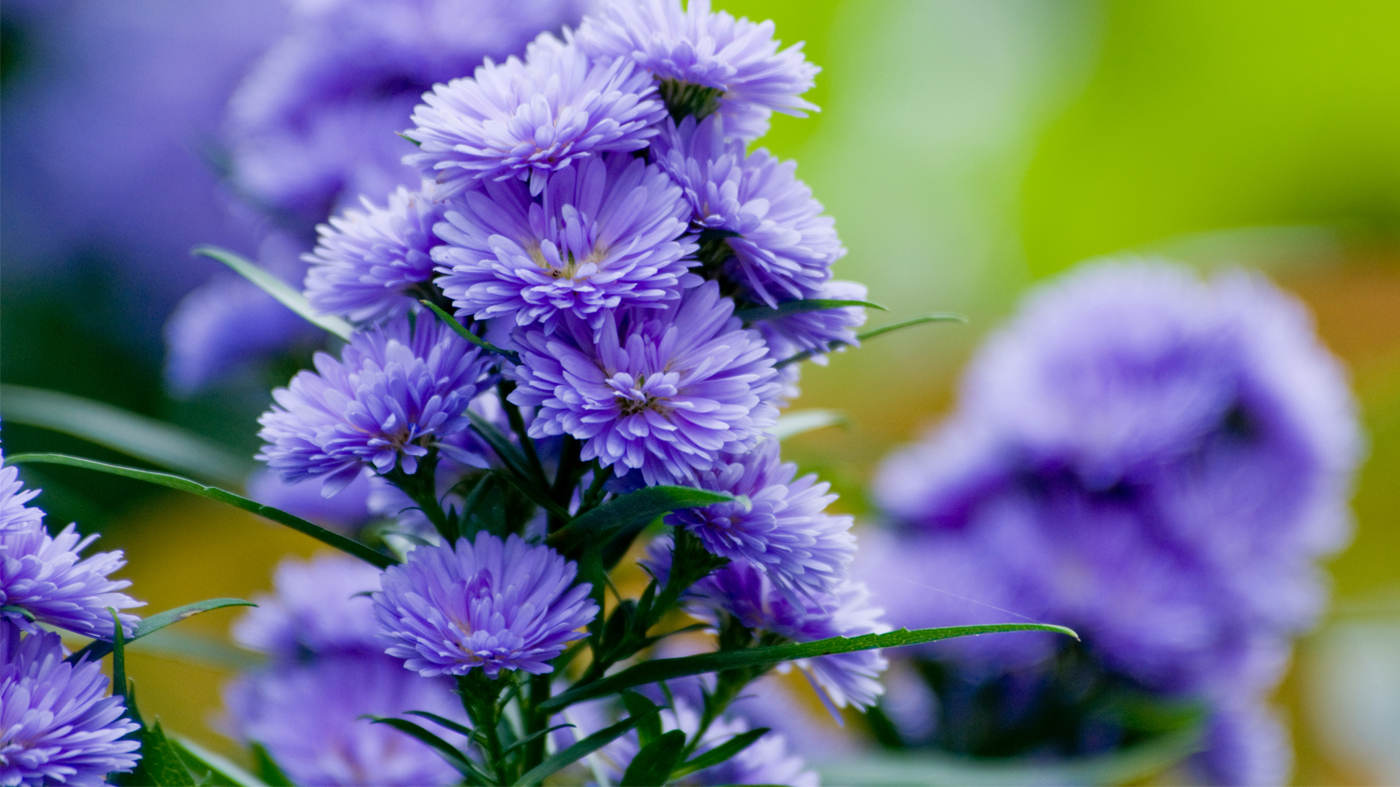
Keep deadheading
Continue to deadhead annuals to encourage additional flowers and to keep the plants looking tidy.
Leave perennials standing
Remove spent blooms on perennials but do not cut them back until their leaves and stems have lost all green color.
Plant asters and mums
Asters (Aster spp.) and mums (Chrysanthemum spp.) purchased in bloom this month are usually greenhouse-grown and not necessarily hardy. Plant early in the month in garden beds to increase their chances of making it through the winter. This should give plants four to six weeks to establish their roots before the Chicago area’s first frost. Water well after planting.
Divide peonies
Peonies (Paeonia spp.) can be divided and planted early this month, to help their root systems become established before winter.
- Peony plants prefer a full sun location with well-drained soil.
- Water transplants well to encourage healthy root development.
- Peonies should be planted so that the buds or eyes are approximately 1 inch below soil level. If planted too deeply, they will fail to flower.
Fruit, Vegetable, and Herb Care
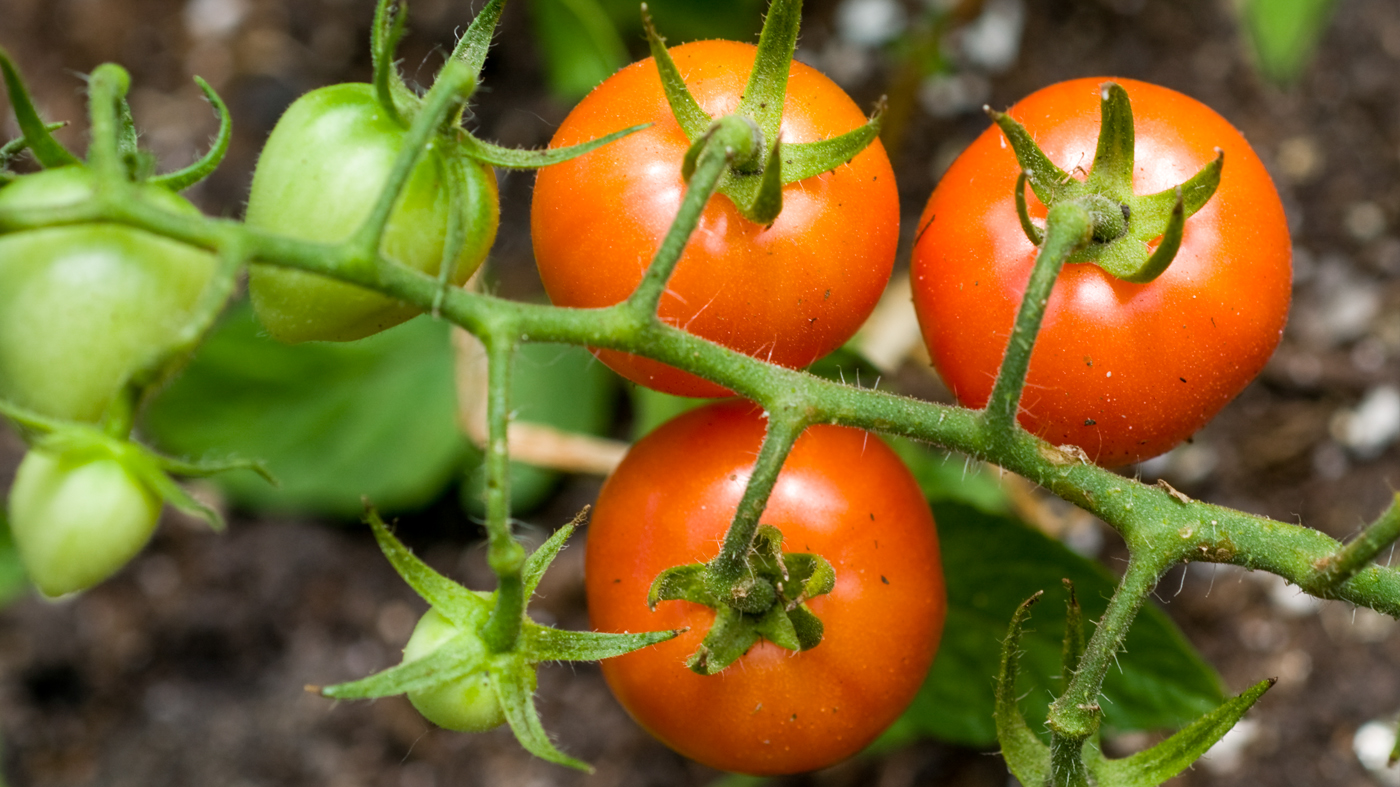
Keep up with the fall harvest
It’s important to continue picking vegetables as they ripen. Remove diseased plants immediately, as well as those that have finished their growth cycle for the year. Compost only healthy plant material.
- Warm-season crops, such as peppers and tomatoes, must be picked as soon as possible.
- If an early frost threatens, cover warm-season crops with baskets or light blankets.
- Tomatoes are best stored at room temperature for short periods of time. Refrigeration may cause them to lose their flavor.
- Begin to harvest late-season squash and early pumpkins when the vines begin to wither.
- Full-sized pumpkins need to remain on the vine as long as possible to achieve their maximum size.
- Allow Brussels sprouts, collards, and kale to be hit with frost before harvesting. This improves their flavor.
- Begin to harvest any cool-season chard, lettuces, peas, radishes, or spinach planted in August.
- Continue to harvest herbs by snipping foliage. Pinch off developing flowers to retain essential oils and flavor in the plants’ foliage.
- To preserve herbs for winter cooking, dry entire sprigs or plants, or freeze individual portions in ice-cube trays.
- If herbs have gone to flower or seed, discontinue harvesting, since the flavor will have left the foliage. However, consider letting some plants remain in the garden; pollinators will appreciate their flowers.
Tend to raspberry bushes
Ever-bearing raspberry bushes will produce their fall crop on the top half of the canes. After harvest, prune out the top half of the plants. The lower half of the canes will produce fruit early next summer. After harvesting the summer crop, prune the canes to the ground.
Lawn Care
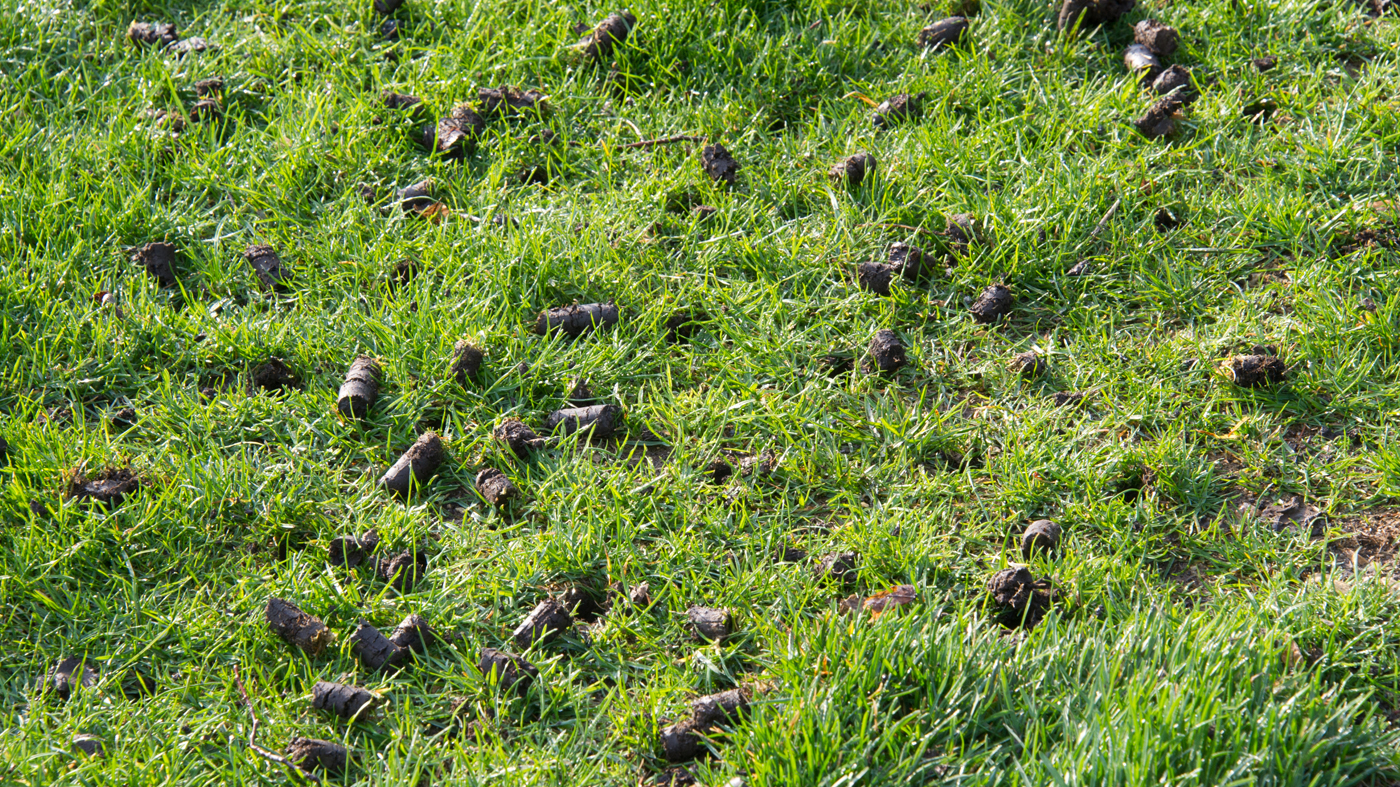
Seed the lawn
Early this month, entire lawns or bare patches may be seeded with an appropriate grass seed mix.
Address grub damage
Grubs, which chew grass roots, may be present if your turf begins to brown and lifts easily off the ground. Minor damage is usually not cause for treatment.
- Pull back turf and check for white, C-shaped larvae with black heads. If more than 10 to 12 grubs are present in a square foot of soil, treatment is advised. Chemical controls vary in their timing.
- Homeowners can spot-treat small areas immediately with a recommended control or wait until late June to apply a preventative grub control. Keep in mind that as temperatures become progressively cooler in fall, grubs will move farther down in the soil, making them out of reach of chemical treatments.
Aerate the lawn
Consider core-aeration, which removes plugs of soil and grass at regular intervals throughout the lawn. Aerating helps rectify compacted soil, reduces heavy thatch accumulation, and may improve drainage. Professional lawn services can provide the service or equipment can be rented.
- Plugs can be left on lawns to break down.
- Avoid aerating the lawn when the soil is extremely wet.
Time to fertilize
September’s typically moderate temperatures, cooler nights, and adequate rainfall can spur grass growth, making mid-month a good time to feed turf with a fertilizer. Choose a product formulated for turf.
Tree and Shrub Care
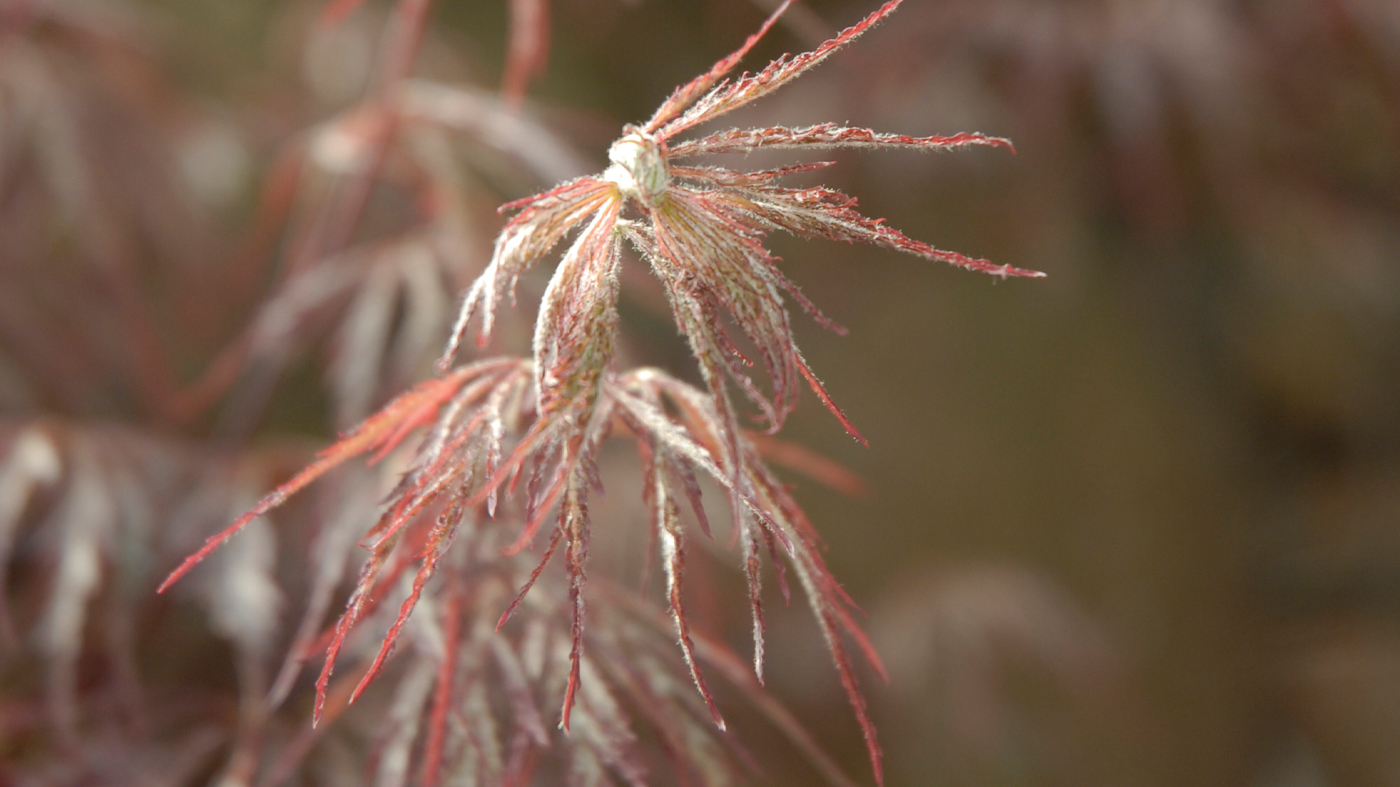
Plant trees and shrubs
Many trees and shrubs can be successfully planted in the fall, when moderate daytime and cooler night temperatures are ideal for planting. The warm soil and the return of autumnal rains provide good conditions for woody plants to establish their root systems before going dormant.
- Wait until trees and shrubs drop their leaves or undergo color change before planting them or digging and moving them to new sites. At that time, they are entering dormancy and will not suffer as much transplant shock.
- Broadleaved and needled evergreens, both dwarf and standard, are best planted or moved early in the month.
Water deeply and thoroughly at planting time and once a week until the ground freezes.
Keep watering
Continue to water large trees and shrubs, especially evergreens, as well as plants that are 1 or 2 years old, until the ground freezes hard. Evergreens will continue to lose moisture through their needles throughout the winter and need adequate water in their root zones to avoid winter burn or desiccated needles.
Postpone fertilizing
Wait until October to fertilize any tree or shrub that looks like it might benefit from extra nutrition—signs include stunted growth, failure to fully flower or leaf out, undersized fruit, and/or off-color foliage. Avoid fertilizing newly planted trees until they are fully established, which may take a few years.
Outdoor Container Care
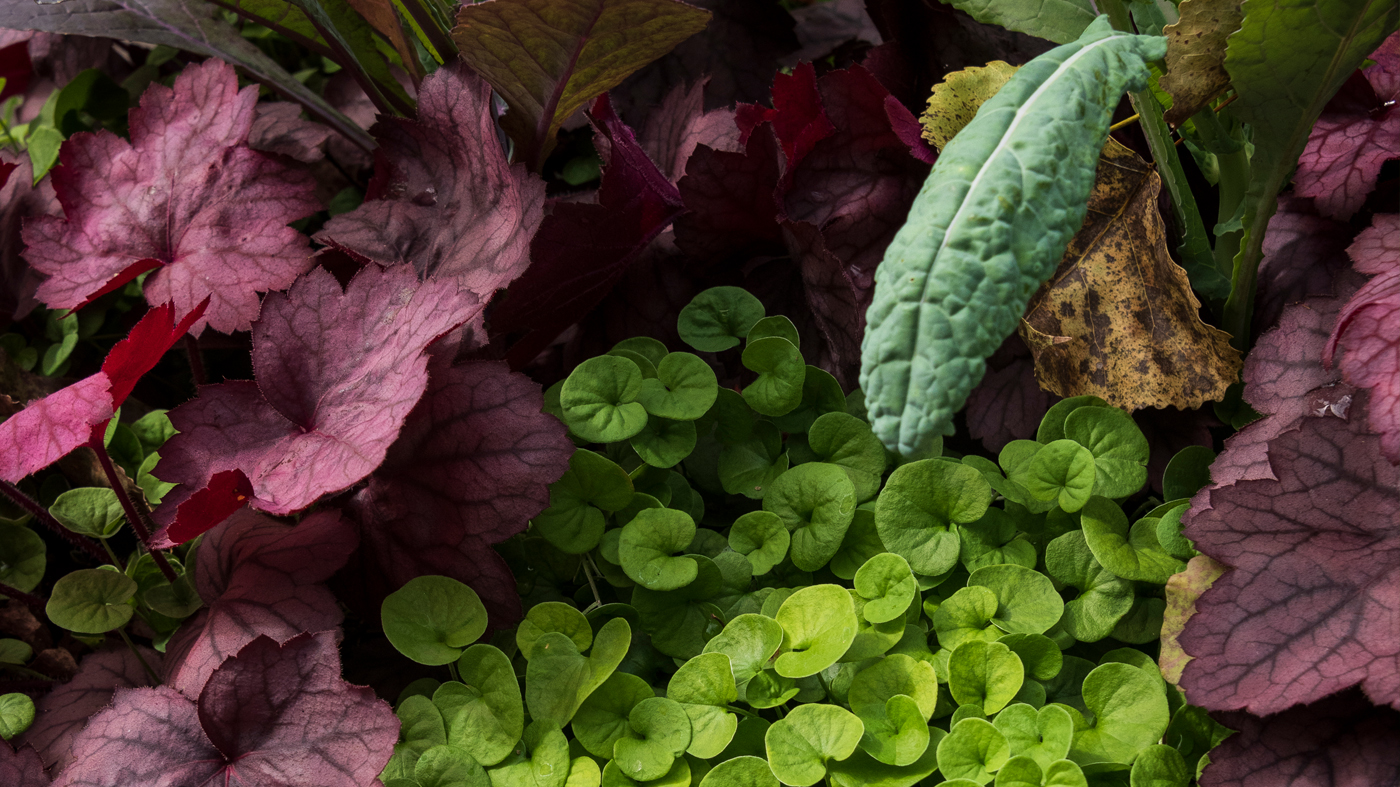
Give containers a fall makeover
The return of cool weather is a good time to refresh annual containers with cool-season favorites such as fall-blooming asters (Aster spp.), ornamental cabbage and kale, mums (Chrysanthemum spp.), and pansies (Viola x wittrockiana).
Indoor Plant Care
Bring houseplants back inside
Houseplants that have spent the summer months outside need to return indoors before nighttime temperatures dip below 50 degrees Fahrenheit.
- Check plants carefully for any sign of insect or disease before bringing them inside.
- Gradually reintroduce these plants to indoor conditions.
Bring herbs indoors
Some herb plants can be dug and brought inside for a winter windowsill garden.
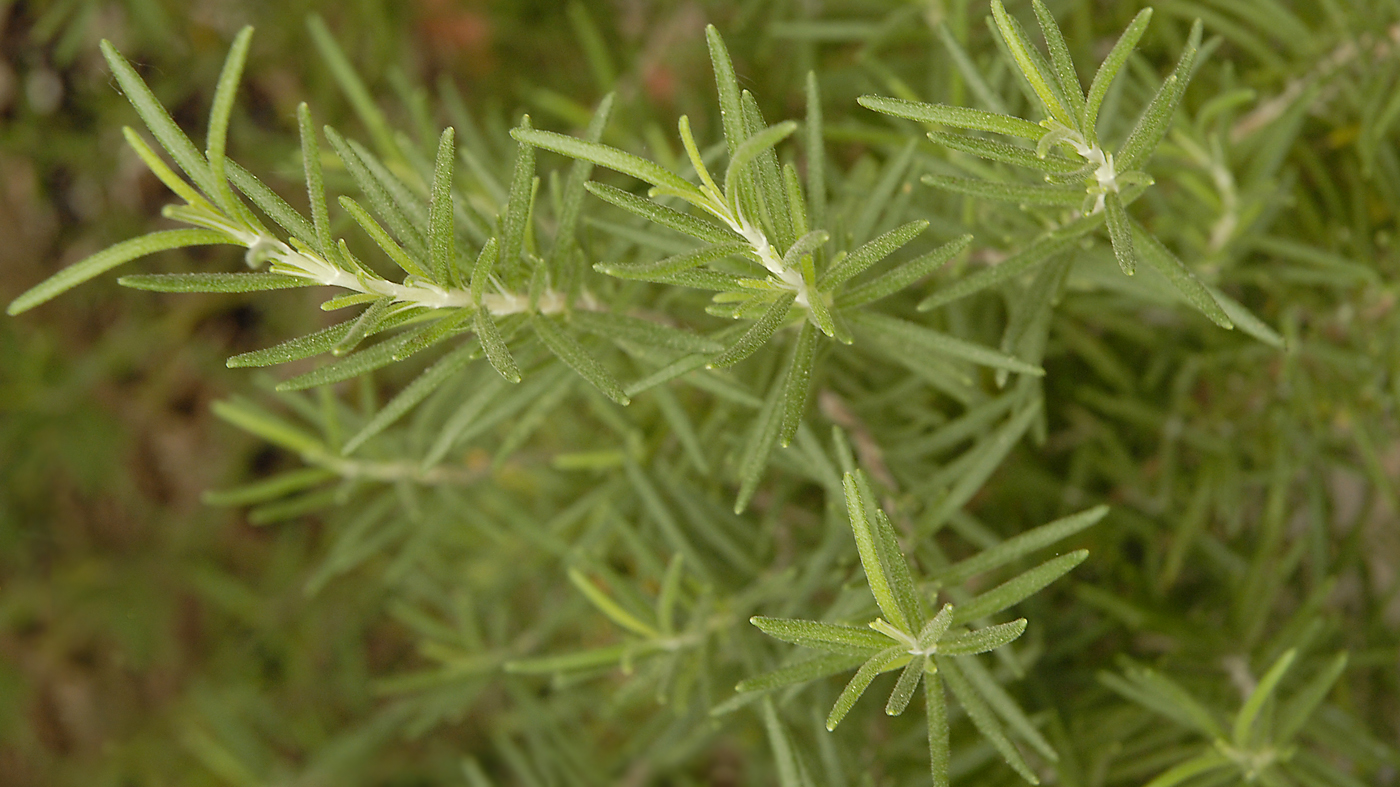
Overwinter tropical plants
Some cold-sensitive tropical plants, such as tropical hibiscus (Hibiscus rosa-sinensis), mandevilla (Mandevilla splendens), geranium (Pelargonium), and plumeria (Plumeria) can be brought indoors for the winter.
- Bring plants inside before nighttime temperatures drop below 50 degrees Fahrenheit.
- Place containers in a cool area.
- Allow the plants to go dormant by watering minimally to keep them alive, but not enough to encourage new growth. (You’ll resume heavier watering six to eight weeks before spring temperatures are warm enough to return the plants outside.)
Start new indoor plants with garden cuttings
September is a great month to …
start a winter herb garden
Gardeners can extend the life of their favorite outdoor herb plants by bringing cuttings indoors to grow, or buying herb seedlings or seeds at the garden center. If using garden cuttings, dig up selected herbs such as chives (Allium schoenoprasum), lavender (Lavandula spp.), oregano (Origanum spp.), rosemary (Rosemarinus officinalus), and thyme (Thymus spp.). Cut back the herbs; repot them in small pots with drainage holes that contain a light soil mix. Remember that herbs need 5 to 6 hours of sunlight each day, so a south-facing window or grow lights will be in order.

